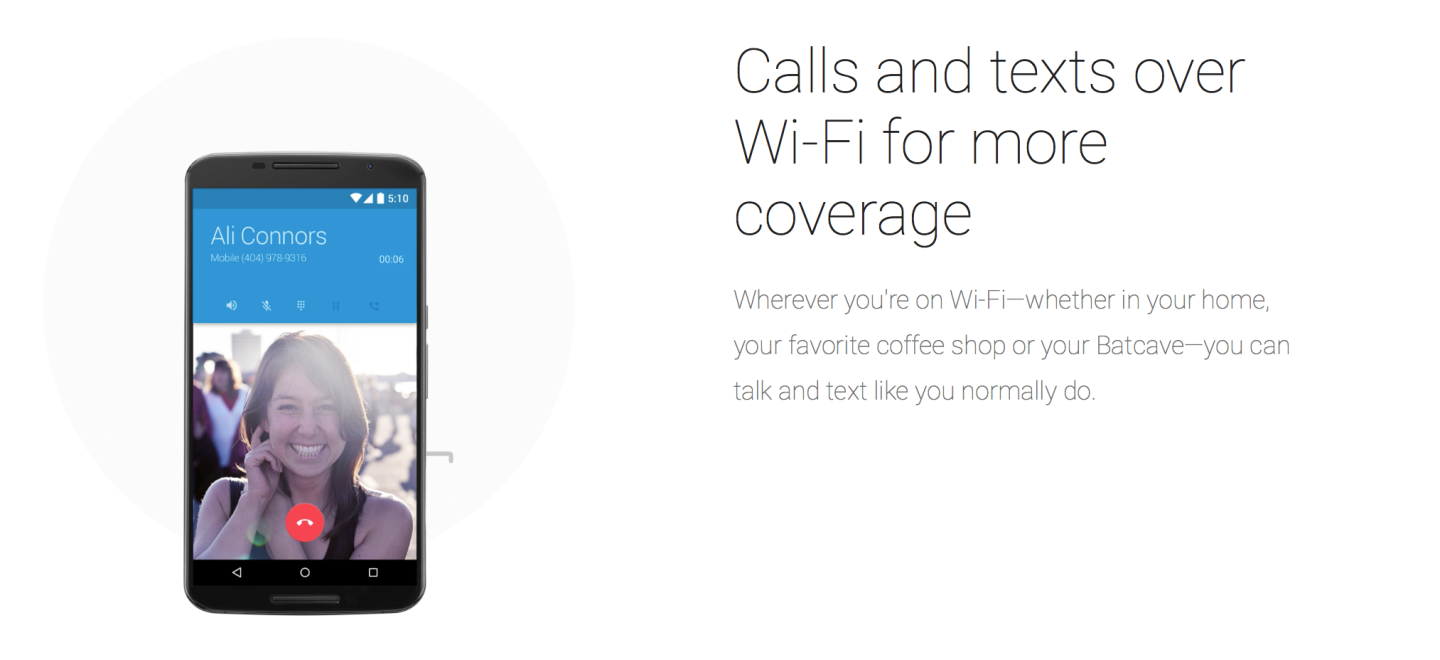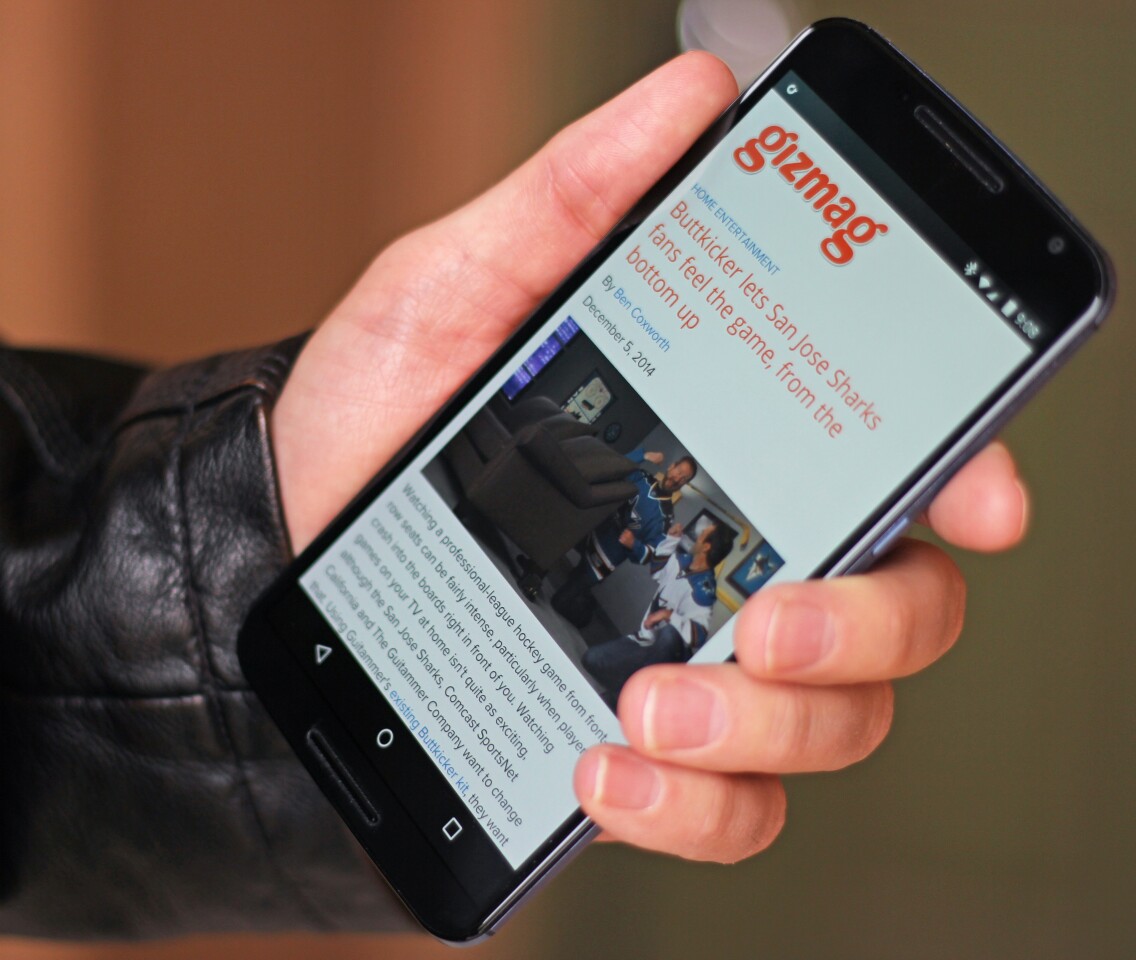With Google Voice all but dead, it makes sense that the company was busy behind the scenes, cooking up a new angle for taking on the telecom industry. Today we have it, in the form of Project Fi: Google's long-rumored Mobile Virtual Network Operator (MVNO) service.
At this stage, it would be difficult for a company even of Google's size to starts its own US carrier from scratch. So instead it's going the MVNO route, leasing airwaves from underdogs T-Mobile and Sprint. But this is more than another MVNO that happens to have Google's name attached, with the company's typical innovative take on solving the problems attached to the industry.
The first big change is that Project Fi subscribers will automatically switch to the network that's best: whether that's Wi-Fi, T-Mobile's LTE or Sprint's LTE. Calls will work seamlessly over Wi-Fi, and switch just as seamlessly to LTE (and vice versa) when that local network signal drops or weakens.
And it isn't limited to Wi-Fi networks that you manually log onto. Google says it's verified more than a million open Wi-Fi hotspots that it will automatically and securely (it's all encrypted) log onto. This will be a much bigger deal for city-dwellers than for people in less sparsely populated areas, but it could help with both speeds and the prices Google pays to lease LTE airwaves from T-Mobile and Sprint.

The second big unique feature is that your number is now cloud-based (with a hat-tip to the beloved but failed Google Voice). Any device that runs Google Hangouts – be it on Android, iOS, Windows, OS X or Chrome OS – will be able to make and receive calls and texts using that number. No longer is your number tied to a SIM card, a big acknowledgement of the multi-device world we live in.
The last big innovation here is pricing. There's a US$20 per month base rate that covers talk, texts, Wi-Fi tethering (too often an expensive add-on with US carriers) and international calls. Data then costs an extra $10 per GB both inside and outside of the US. And you only pay for what you need: you'll get refunded for any unused portions of data (and it's rounded to each 100 MB, rather than rounding up to the nearest GB to make you pay more).
T-Mobile's US branch has been aggressive in branding itself as the "Un-Carrier," with customer-friendly pricing schemes and promotions, and now Project Fi is taking things a step further with one of the most logical and consumer-centric approaches to wireless that we've seen. Take note, Verizon and AT&T: the tide is turning, one innovation at a time.

Right now, though, that tide unfortunately only supports one phone. At launch, Project Fi will only support the Nexus 6 (above). That's one of our favorite phones you can buy today, but its enormous size does make it something of a niche offering. As the Project Fi phone selection expands, it will be interesting to see if iPhones are ultimately supported, or if this remains an Android-only affair.
You can sign up for an invite to join Project Fi today at the source link, and find out more in the video below.
Source: Google






